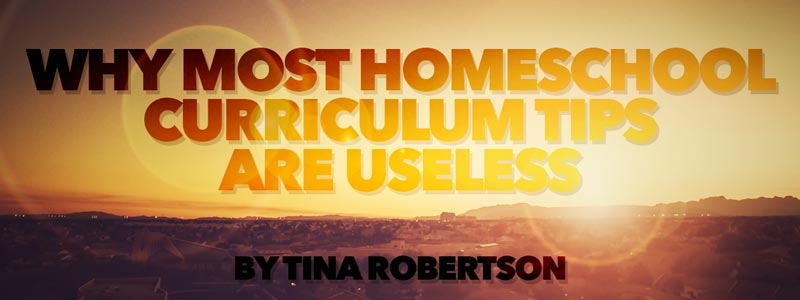Recently my oldest son left home (again) for a grad school opportunity in a faraway state. (It’s ok. I’m fine. It’s fine. Sniff.) Part of his work will be teaching a class to undergrads, and he made an observation that resonated with me. He said that enjoys teaching because he is good at making something complicated simple enough for anyone to understand. That is a gift not everyone has, and it made me think about teaching in general.
Often, as a parent, you are presenting something completely new to your child. An 8-year-old has very little prior knowledge to connect to. I mean, they have literally been on the planet for 8 years. Talk about assuming no prior knowledge! A parent cannot expect an 8-year-old to apply previous knowledge to new information without some guidance on how to do this. Now once you teach them how to make connections, they will do it automatically. That is when you see those light-bulb moments we all treasure. Making connections is teaching.
Young kids learn from exploring boundaries. However, there is value in learning to learn. This may have to do with a child’s learning style/modality, but it’s bigger than that. Learning happens formally and informally, like how little kids learn from play. But learning from books is a skill we have to teach them. It starts by reading to our littlest ones and continues when we want them to sit for a math lesson. You cannot tell a child to learn. You can establish lesson time as formal learning time in small increments and work up to longer periods of focus. In doing so, you are building stamina for learning.
Guided discovery is a teaching method I always tried to apply in my classroom and with my own sons. It is where you lead them to something but let them finish the process on their own. You lay a foundation of information and let them complete the journey in a way that makes sense to them as an individual. You might nudge them a little this way or that way, but they are making the final discovery. Not only does this give them ownership over what they have just learned, but they have figured something out, and, boy, is that satisfying. What do we want to do when we discover something? We want to share it! We want to announce it to everyone! And what cements that new knowledge in our brain? Yup, sharing it. That new information is now firmly planted in there, ready to make connections going forward.
Mentoring is a similar method, but with more distance. You, the parent/teacher, are available. You have presented a task that your student will complete. How they get there is for them to determine. You provide resources, opportunities, but you are passively teaching and basically you are a resource. You are an expert to consult. Resist telling the student how they should do the task, but you can say how you might do this or that part of the whole. Explain why you would or would not do it a certain way. Non-examples are extremely valuable in this method of teaching. So is making mistakes. Mistakes are invaluable in learning. Talk about a lesson that will stick with you!
When we tell a child something one day, and they do not remember it 3 days later, it is because you didn’t teach it. That may sound harsh, but ask yourself — did you make a connection to prior knowledge or allow them to discover anything on their own? If you can apply these two principles to your instruction, I am confident your learners will be more engaged and have better retention. It is the difference between telling and teaching. ~ Sara





